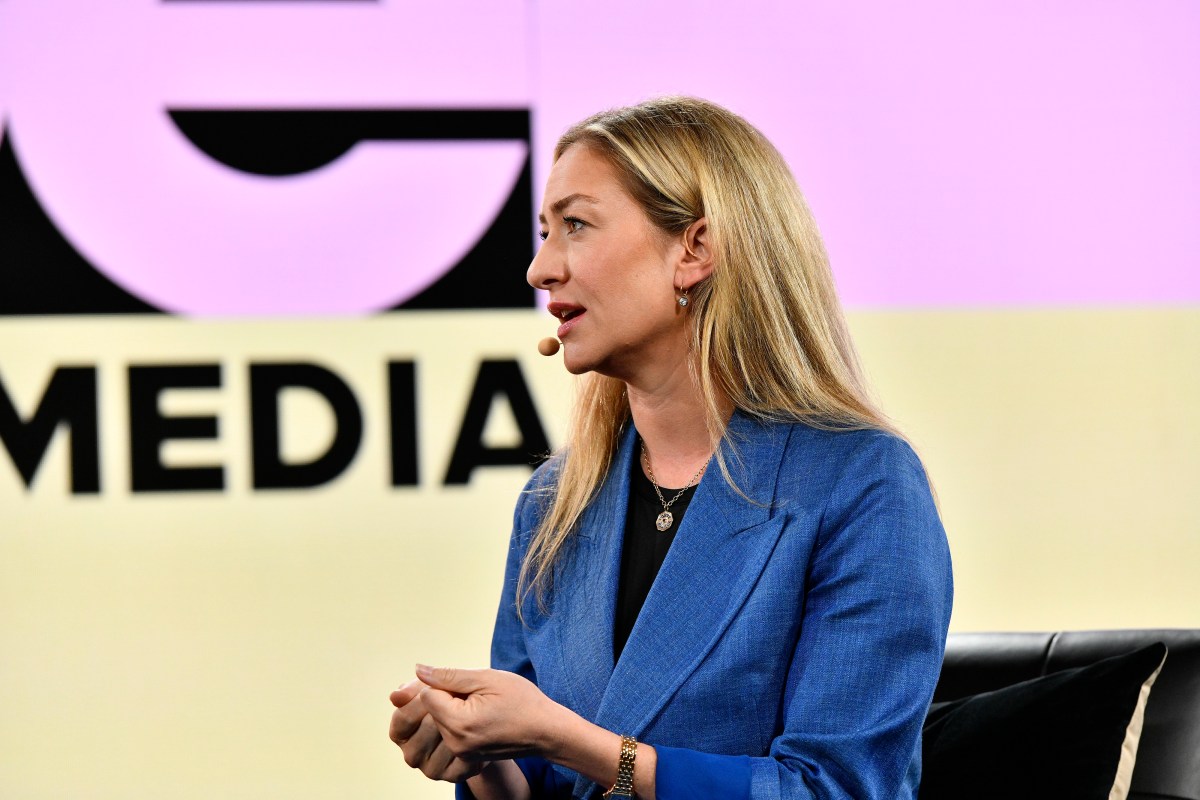Crowdfunding Open Source Development and Blockchain Innovation: A New Era of Sustainable Funding
Abstract This post explores the convergence of crowdfunding for open source development and blockchain innovation. We dive into the history of open source funding, explain how blockchain solutions like smart contracts, tokenization, and decentralized ledgers are revolutionizing the space, and review real-world use cases such as EcoFabric and supply chain transparency. We also discuss challenges—ranging from technical complexity to regulatory uncertainties—and examine future trends like hybrid funding platforms and evolving tokenization models. By blending insights from industry experts and practical examples, this post provides a holistic understanding of how these technologies are reshaping the funding ecosystem for sustainable innovation. Introduction Open source software has long relied on community-driven development and volunteer efforts. However, sustaining these projects financially has always been a challenge. Recently, the combination of crowdfunding and blockchain technology has opened the door to innovative funding models that empower developers and democratize support. This transformation is not only revitalizing open source projects but also establishing a transparent and secure method for managing funds. Today’s technology landscape is witnessing a significant blend of traditional crowdfunding principles with state-of-the-art blockchain innovations. With advances like smart contracts and immutable ledgers, projects no longer need to rely solely on sporadic donations or corporate sponsorships. Instead, they can harness tools such as crowdsourced funding for open source software and sustainable funding for open source to secure the necessary capital for continuous development. This highly accessible and borderless system is creating new opportunities for developers, backers, and the open source community at large. Background and Context The open source movement is built on transparency, collaboration, and the free sharing of knowledge. Traditionally, projects like operating systems, web frameworks, and developer tools succeeded through volunteer contributions. Yet, without steady financial backing, many of these initiatives have experienced funding shortfalls that hinder innovation and long-term maintenance. The Evolution of Funding in Open Source Historically, funding alternatives for open source projects included: Corporate Sponsorships: Often accompanied by strings attached. Donations: Which were unpredictable and insufficient. Volunteer Efforts: Relying on passion over profit. The need for a sustainable model led to the rise of crowdfunding, where communities can directly invest in a project’s future. Platforms such as GitHub Sponsors have already started to bridge this gap by rewarding contributions with tangible benefits. The Emergence of Blockchain in Funding Blockchain technology presents a transformative opportunity by introducing: Immutable Ledgers: Every transaction is recorded permanently, increasing transparency. Smart Contracts: Self-executing contracts automatically disburse funds on reaching milestones. Decentralization: Eliminating intermediaries and reducing administrative fees. Global Accessibility: Enabling cross-border transactions using cryptocurrencies. With initiatives like smart contracts on blockchain, developers can integrate secure, automated funding mechanisms into their projects that increase community trust and accountability. More details on blockchain types and applications can be found in types of blockchains. Core Concepts and Features The integration of blockchain and crowdfunding introduces many novel concepts. Here we outline the key elements that make this fusion transformative: 1. Crowdfunding Fundamentals Crowdfunding in open source is about mobilizing community resources to fund development. It involves: Direct Community Investment: Projects receive direct, repeated funding. Milestone-based Payouts: Payments are released as project checkpoints are reached. Validation of Project Value: Transparent funding models reassure backers of a project’s potential. 2. Open Source Licensing and Accessibility Open source projects generally adopt licenses such as GNU GPL or MIT that encourage modification, sharing, and collaboration. The integration with blockchain doesn’t change the core philosophy but rather enhances project-level transparency and partner accountability. More ideas on open source licensing practices are explained in resources like opensource on opensea. 3. Blockchain Integration Features Blockchain adds several critical features to the crowdfunding model: Smart Contracts: Automatically execute when conditions are met, ensuring proper fund disbursement. Immutable Records: Build trust by providing backers with transparent, tamper-proof records. Tokenization: Allows funds to be converted into tokens that may serve as rewa

Abstract
This post explores the convergence of crowdfunding for open source development and blockchain innovation. We dive into the history of open source funding, explain how blockchain solutions like smart contracts, tokenization, and decentralized ledgers are revolutionizing the space, and review real-world use cases such as EcoFabric and supply chain transparency. We also discuss challenges—ranging from technical complexity to regulatory uncertainties—and examine future trends like hybrid funding platforms and evolving tokenization models. By blending insights from industry experts and practical examples, this post provides a holistic understanding of how these technologies are reshaping the funding ecosystem for sustainable innovation.
Introduction
Open source software has long relied on community-driven development and volunteer efforts. However, sustaining these projects financially has always been a challenge. Recently, the combination of crowdfunding and blockchain technology has opened the door to innovative funding models that empower developers and democratize support. This transformation is not only revitalizing open source projects but also establishing a transparent and secure method for managing funds.
Today’s technology landscape is witnessing a significant blend of traditional crowdfunding principles with state-of-the-art blockchain innovations. With advances like smart contracts and immutable ledgers, projects no longer need to rely solely on sporadic donations or corporate sponsorships. Instead, they can harness tools such as crowdsourced funding for open source software and sustainable funding for open source to secure the necessary capital for continuous development. This highly accessible and borderless system is creating new opportunities for developers, backers, and the open source community at large.
Background and Context
The open source movement is built on transparency, collaboration, and the free sharing of knowledge. Traditionally, projects like operating systems, web frameworks, and developer tools succeeded through volunteer contributions. Yet, without steady financial backing, many of these initiatives have experienced funding shortfalls that hinder innovation and long-term maintenance.
The Evolution of Funding in Open Source
Historically, funding alternatives for open source projects included:
- Corporate Sponsorships: Often accompanied by strings attached.
- Donations: Which were unpredictable and insufficient.
- Volunteer Efforts: Relying on passion over profit.
The need for a sustainable model led to the rise of crowdfunding, where communities can directly invest in a project’s future. Platforms such as GitHub Sponsors have already started to bridge this gap by rewarding contributions with tangible benefits.
The Emergence of Blockchain in Funding
Blockchain technology presents a transformative opportunity by introducing:
- Immutable Ledgers: Every transaction is recorded permanently, increasing transparency.
- Smart Contracts: Self-executing contracts automatically disburse funds on reaching milestones.
- Decentralization: Eliminating intermediaries and reducing administrative fees.
- Global Accessibility: Enabling cross-border transactions using cryptocurrencies.
With initiatives like smart contracts on blockchain, developers can integrate secure, automated funding mechanisms into their projects that increase community trust and accountability. More details on blockchain types and applications can be found in types of blockchains.
Core Concepts and Features
The integration of blockchain and crowdfunding introduces many novel concepts. Here we outline the key elements that make this fusion transformative:
1. Crowdfunding Fundamentals
Crowdfunding in open source is about mobilizing community resources to fund development. It involves:
- Direct Community Investment: Projects receive direct, repeated funding.
- Milestone-based Payouts: Payments are released as project checkpoints are reached.
- Validation of Project Value: Transparent funding models reassure backers of a project’s potential.
2. Open Source Licensing and Accessibility
Open source projects generally adopt licenses such as GNU GPL or MIT that encourage modification, sharing, and collaboration. The integration with blockchain doesn’t change the core philosophy but rather enhances project-level transparency and partner accountability. More ideas on open source licensing practices are explained in resources like opensource on opensea.
3. Blockchain Integration Features
Blockchain adds several critical features to the crowdfunding model:
- Smart Contracts: Automatically execute when conditions are met, ensuring proper fund disbursement.
- Immutable Records: Build trust by providing backers with transparent, tamper-proof records.
- Tokenization: Allows funds to be converted into tokens that may serve as rewards or governance rights for contributors.
- Decentralized Networks: Ensure that no single entity controls the funding process.
4. Synergy of Crowdfunding and Blockchain
The powerful combination of crowdfunding and blockchain can be summarized as follows:
- Transparency: Every transaction is visible on a public ledger, reducing fraud.
- Efficiency: Smart contracts eliminate manual fund management.
- Enhanced Trust: Community members have direct insights into how funds are allocated, as demonstrated by initiatives such as Walmart’s blockchain for supply chain transparency.
Below is a table highlighting the comparison between traditional crowdfunding and blockchain-enhanced crowdfunding:
| Feature | Traditional Crowdfunding | Blockchain-Enhanced Crowdfunding |
|---|---|---|
| Transparency | Limited; manual reporting often opaque | Full, immutable ledger records transactions |
| Funding Mechanism | One-time/recurring pledges | Automated disbursements via smart contracts |
| Community Trust | Depends on reputation and intermediaries | Decentralized verification with transparent tokenization |
| Global Accessibility | Often region-locked | Borderless; cryptocurrency-enabled transactions |
| Cost Efficiency | High administrative fees | Reduced fees via decentralized technologies |
5. Developer and Community Incentives
Developers and contributors benefit from the integration through:
- Direct Financial Rewards: Milestone or recurring payouts.
- Token Credits: Which can be exchanged, traded, or used in governance.
- Enhanced Recognition: A transparent system that formally acknowledges contributions.
A bullet list of key benefits:
- Enhanced Transparency: Immutable ledger records every contribution.
- Decentralized Governance: Voting rights and decision-making via tokens.
- Lower Operational Overheads: Automated processes reduce administrative tasks.
- Global Participation: Funds are raised from a worldwide community without geographic limits.
- Increased Community Trust: Automated, verifiable contributions bolster credibility.
Applications and Use Cases
Blockchain-enhanced crowdfunding is not just theoretical—it has numerous practical applications. Let's consider a few examples:
Use Case 1: EcoFabric and Supply Chain Transparency
EcoFabric is a project focused on improving supply chain transparency in the sustainable fashion industry. Key highlights include:
- Smart Contract Integration: Funds are automatically released as the project meets verified supply chain milestones.
- Tokenized Voting: Backers are given tokens to vote on future initiatives.
- Global Outreach: Blockchain enables supporters worldwide to contribute without currency conversion issues.
This use case mirrors other initiatives featured in Walmart’s blockchain for supply chain transparency, showcasing how blockchain can address trust and accountability.
Use Case 2: Open Source Software Projects
Many successful open source projects are adapting crowdfunding mechanisms to support long-term development. These projects:
- Host periodic funding rounds.
- Utilize governance tokens to involve the community in decision-making.
- Benefit from transparent tracking of fund allocation through blockchain explorers.
For more on effective open source funding, consider the insights found in Gitcoin and the evolution of web3.
Use Case 3: Tokenized Rewards and NFTs
Tokenization is becoming a major element in community engagement:
- Incentivizing Contributions: Contributors earn tokens or even NFTs as recognition.
- Community Governance: Tokens may provide voting rights on project decisions.
- Market Liquidity: Tokens can be traded externally, adding economic value beyond mere contributions.
This is further explored in strategies discussed in navigating blockchain project funding challenges.
Challenges and Limitations
Despite its potential, the integrated approach faces several hurdles:
Technical Complexity
- Learning curve for smart contract programming and blockchain protocols.
- Integration challenges with existing systems.
- Risk of bugs and vulnerabilities in smart contracts, which require constant auditing.
Adoption Barriers
- Regulatory Uncertainty: Different jurisdictions have varying rules around cryptocurrencies.
- Market Volatility: Cryptocurrencies can experience rapid fluctuations affecting the value of contributions.
- User Experience: Many backers are still unfamiliar with blockchain interfaces, which can diminish adoption.
Financial Transparency and Accountability
- Even with immutable blockchain records, complex financial reporting may confuse non-technical users.
- Mismanagement risks remain if project teams do not maintain proper oversight.
- Inflexibility of smart contracts once deployed can complicate response to unforeseen project changes.
Security Concerns
- Smart Contract Vulnerabilities: Bugs can lead to loss of funds.
- Hacker Exploits: Interfaces and integrations with the blockchain might be exploited.
- Data Privacy: Maintaining user privacy while adhering to transparency requirements.
Economic Uncertainty
- Coupling blockchain crowdfunding with cryptocurrency markets introduces risks related to token liquidity and regulatory shifts.
- Projects must develop robust risk management strategies to address unpredictable market conditions.
Future Outlook and Innovations
Looking to the future, several trends are set to further enhance open source funding mechanisms through blockchain innovation:
Hybrid Funding Platforms
Future platforms will likely merge traditional payment methods with blockchain:
- Seamless User Experience: Bridging fiat currencies with cryptocurrencies.
- Automated Milestone-Based Payments: Via advanced smart contracts.
- Real-Time Fund Tracking: Increased accessibility and transparency for all backers.
Evolving Tokenization Models
Tokenization will likely play an even greater role:
- Governance Tokens: Allowing contributors to have a voice in project direction.
- Tradable Digital Assets: Tokens that gain value on secondary markets.
- Integration with NFTs: Unique rewards and digital certificates that enhance community engagement.
Enhanced Security Protocols and Developer Tools
Focus will also shift to security enhancements:
- Advanced Auditing Tools: To ensure the safety of smart contracts.
- Zero-Knowledge Proofs: To balance transparency with user privacy.
- Improved Developer Interfaces: Simplifying blockchain integration and reducing coding errors.
Regulatory Advances and Global Adoption
With increasing clarity around cryptocurrency regulations:
- Institutional Support: More formal investment channels may emerge.
- Global Compliance: Smoother cross-border funding and transaction processes.
- Legitimacy: Adoption will further solidify blockchain as a reliable funding tool.
Integration with Emerging Technologies
The future will see a deeper merger between blockchain and other innovations:
- Artificial Intelligence and IoT: For automated project monitoring and decision-making.
- Edge Computing: Allowing real-time data processing and transparent performance analytics.
- Decentralized Identity Solutions: Enhancing both security and user participation.
For further insights on the future transformation of open source funding, see exploring open source licensing models in the blockchain era.
Summary
The convergence of crowdfunding, open source development, and blockchain technology is revolutionizing how projects are funded and governed. By providing tools like smart contracts, immutable ledgers, and tokenization, blockchain not only offers a transparent means to raise funds but also empowers communities by democratizing decision-making.
Key takeaways include:
- Improved Transparency: Blockchain ensures every transaction is verifiable.
- Automated Efficiency: Smart contracts reduce manual intervention in fund allocation.
- Increased Community Engagement: Tokenization and decentralized governance foster an active, supportive ecosystem.
- Hybrid Innovations: Future platforms will integrate traditional funding with blockchain, reducing barriers and increasing global participation.
While challenges such as technical complexity and regulatory uncertainty remain, advancements in security protocols and emerging tools promise to mitigate these issues. The evolving landscape continues to inspire innovative projects, ensuring sustainable funding mechanisms that drive long-term open source development. As both developers and backers embrace these changes, the future looks bright for projects that combine community spirit with transparent, secure funding models.
For further reading and deeper insights, check out these resources:
- Crowdfunding Open Source Development and Blockchain Innovation
- Sustainable Funding for Open Source
- Smart Contracts on Blockchain
- Types of Blockchains
- Walmart’s Blockchain for Supply Chain Transparency
Additional perspectives from the developer community can be found in posts such as Unlocking Open Source Funding Potential and Navigating Blockchain Project Funding Challenges.
Together, these insights create a comprehensive picture of how crowdfunding and blockchain are setting the stage for a more sustainable and innovative future in open source development.
Embrace the new era of funding, and join the conversation on how these technologies can shape tomorrow's digital ecosystem.











































































































































































![[The AI Show Episode 146]: Rise of “AI-First” Companies, AI Job Disruption, GPT-4o Update Gets Rolled Back, How Big Consulting Firms Use AI, and Meta AI App](https://www.marketingaiinstitute.com/hubfs/ep%20146%20cover.png)












































































































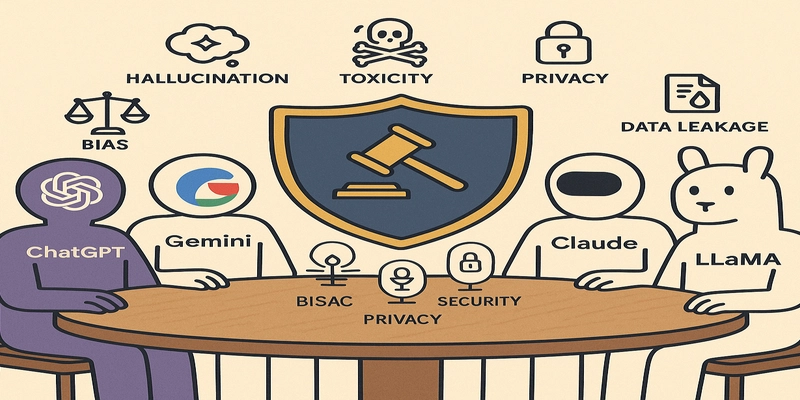
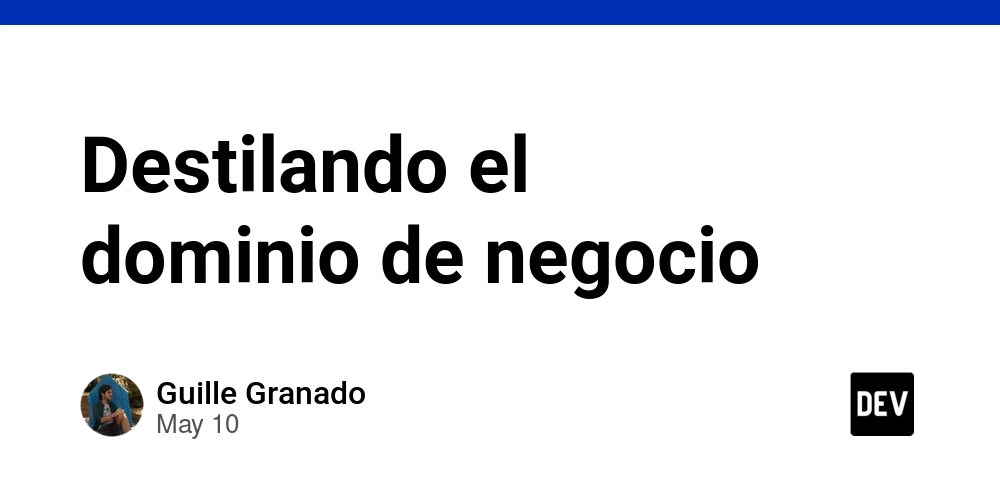














![[FREE EBOOKS] Offensive Security Using Python, Learn Computer Forensics — 2nd edition & Four More Best Selling Titles](https://www.javacodegeeks.com/wp-content/uploads/2012/12/jcg-logo.jpg)



![Ditching a Microsoft Job to Enter Startup Purgatory with Lonewolf Engineer Sam Crombie [Podcast #171]](https://cdn.hashnode.com/res/hashnode/image/upload/v1746753508177/0cd57f66-fdb0-4972-b285-1443a7db39fc.png?#)





























































.jpg?width=1920&height=1920&fit=bounds&quality=70&format=jpg&auto=webp#)


































































































































































-xl.jpg)






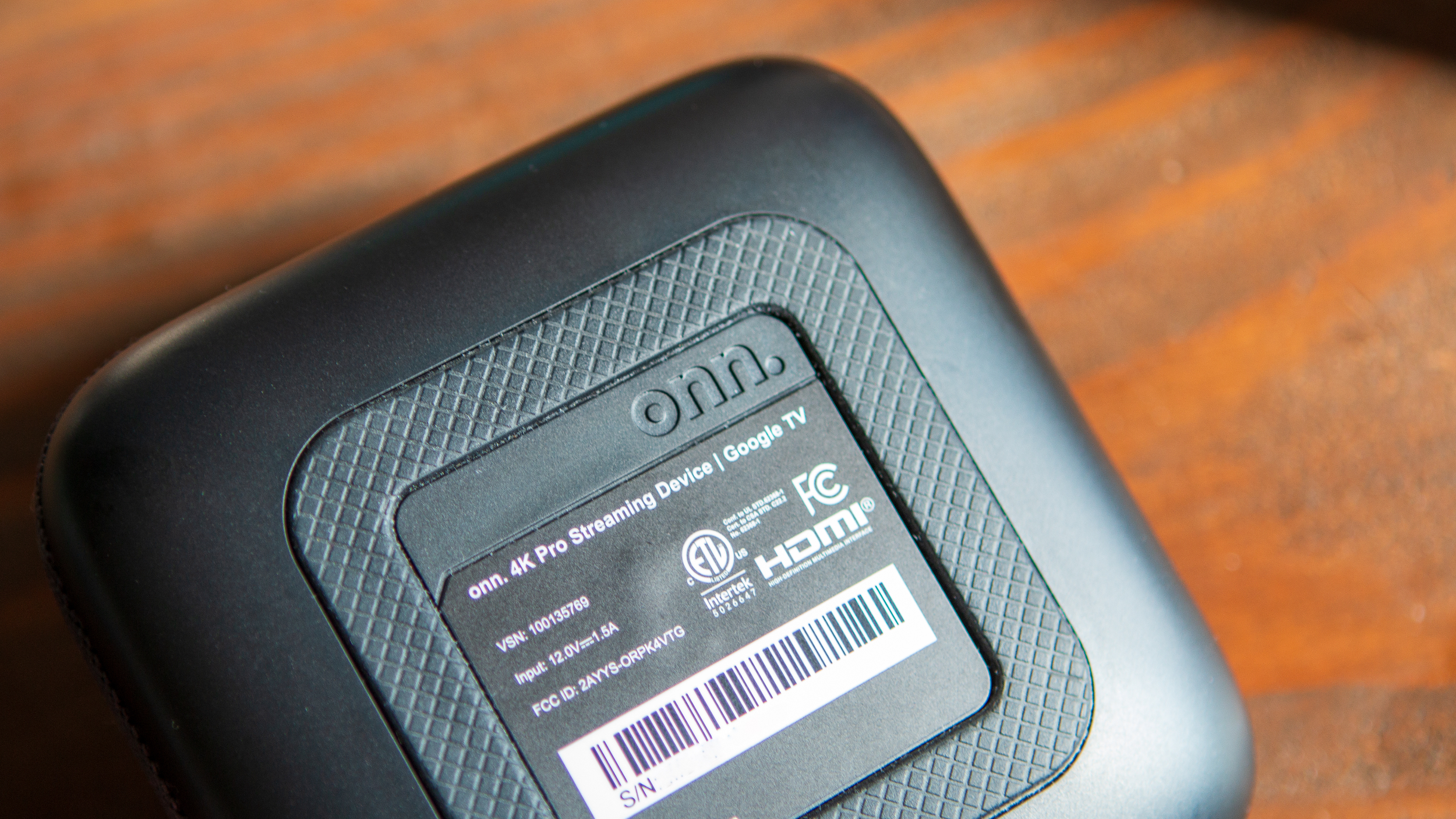





















![Beats Studio Buds + On Sale for $99.95 [Lowest Price Ever]](https://www.iclarified.com/images/news/96983/96983/96983-640.jpg)

![New iPad 11 (A16) On Sale for Just $277.78! [Lowest Price Ever]](https://www.iclarified.com/images/news/97273/97273/97273-640.jpg)

















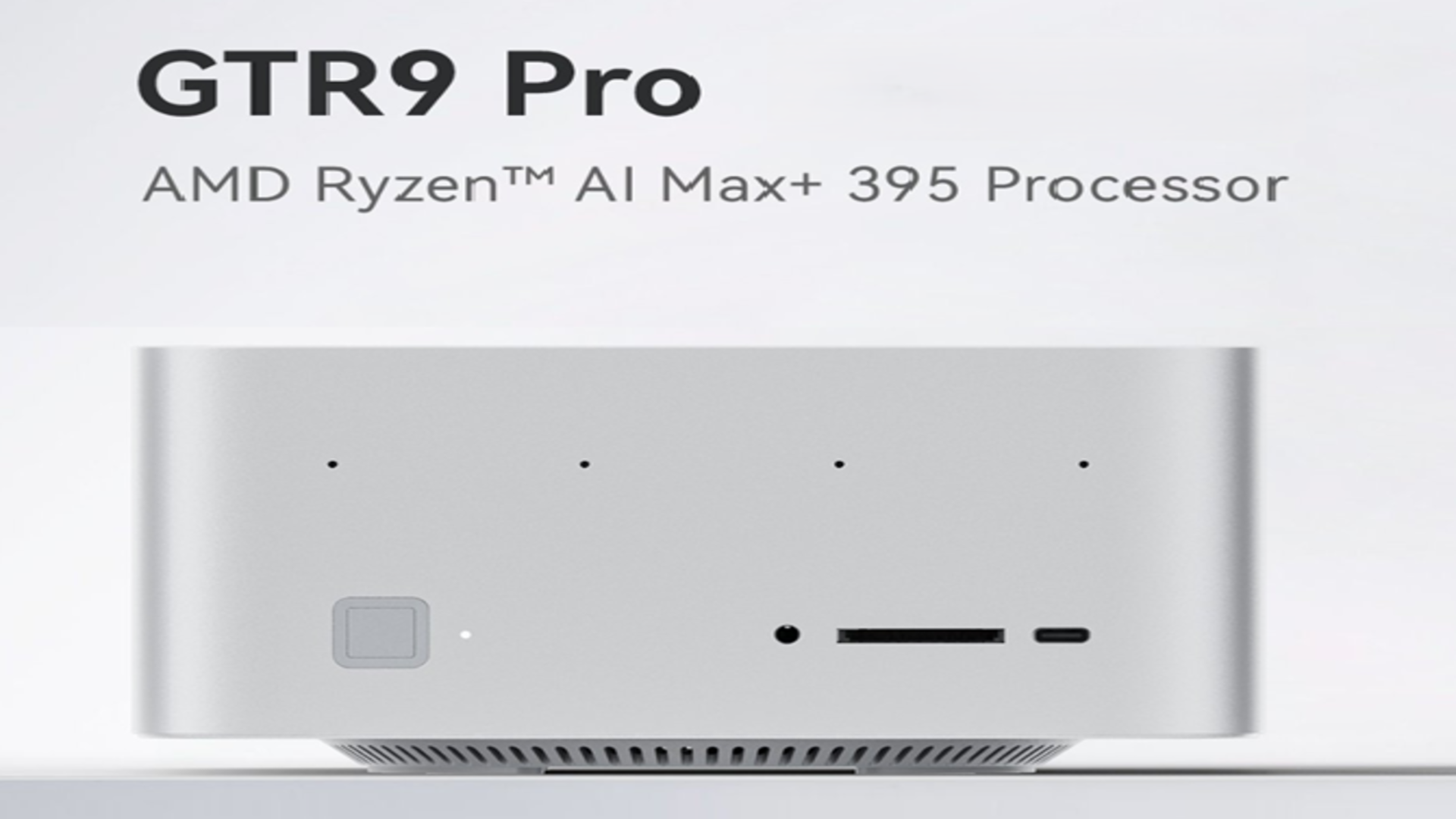





















![Apple's 11th Gen iPad Drops to New Low Price of $277.78 on Amazon [Updated]](https://images.macrumors.com/t/yQCVe42SNCzUyF04yj1XYLHG5FM=/2500x/article-new/2025/03/11th-gen-ipad-orange.jpeg)



![[Exclusive] Infinix GT DynaVue: a Prototype that could change everything!](https://www.gizchina.com/wp-content/uploads/images/2025/05/Screen-Shot-2025-05-10-at-16.07.40-PM-copy.png)



![T-Mobile discontinues a free number feature but a paid alternative exists [UPDATED]](https://m-cdn.phonearena.com/images/article/170235-two/T-Mobile-discontinues-a-free-number-feature-but-a-paid-alternative-exists-UPDATED.jpg?#)

















